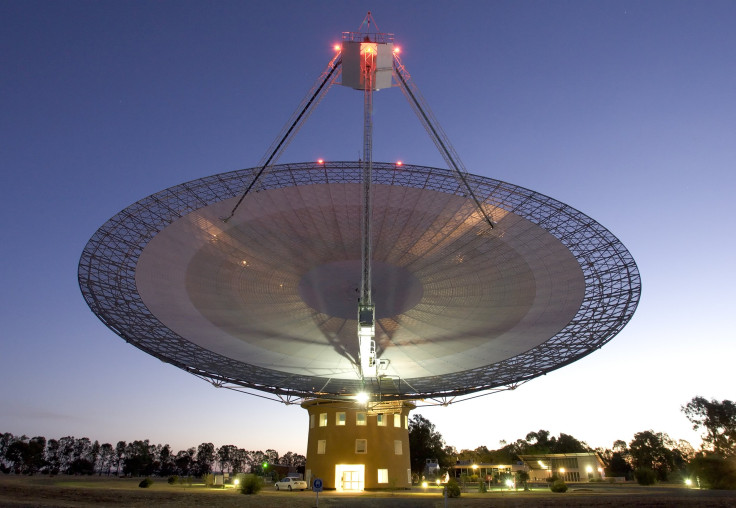NASA Discovers Radio Bursts From Beyond The Milky Way Galaxy For The First Time Ever

In a cosmic first, astronomers have discovered radio bursts from outside the Milky Way galaxy. The radio bursts (bursts of light), discovered in galaxies billions of light-years away, may be attributable to exploding stars or another cataclysmic space event.
The discovery of the four radio bursts, the first ever detected from outside the Milky Way galaxy, was published in the journal Science.
A radio burst is actually a burst of light that registers on the radio portion of the light spectrum. Astronomers had previously detected a single radio burst six years ago but could not determine if the burst came from outside of the Milky Way galaxy. The astronomers spent 11 months sifting through data to discover the four radio bursts from outside the Milky Way.
Sarah Burke Spolaor, from NASA’s Jet Propulsion Lab, created the software used to detect these bursts amid all the interference, such as cell phone signals. Lead author Dan Thornton, from the University of Manchester, in England, and Australia's Commonwealth Scientific and Industrial Research Organization, said they can be extremely difficult to detect. “The radio bursts last for just a few milliseconds, and the farthest one that we detected was 11 billion light-years away,” Thornton said.
The radio bursts will serve as the foundation for future research on the numerous cosmic events that happen throughout the universe, NASA notes. Eruptions, flares and star collapses register on different wavelengths. Gamma-ray bursts, caused by a black hole being born or when a star collapses into one, can be detected by different telescopes, which can lead to targeted observations by astronomers. According to NASA, by learning how radio bursts can be detected, a similar network like the one used to direct gamma-ray bursts research can be created to coordinate detection efforts.
Detecting radio bursts is still a time-consuming process as they are delayed by gas and other material in space. This delay, while it makes detection more difficult, can prove beneficial to researchers as they analyze the baryonic material, atomic matter used in the creation of life, planets and everything else in the universe. The researchers plan to continue their investigation at the Parkes Observatory in Australia, and the goals include determining the origins of the radio bursts (which specific galaxy) as well as what causes them.
© Copyright IBTimes 2024. All rights reserved.






















